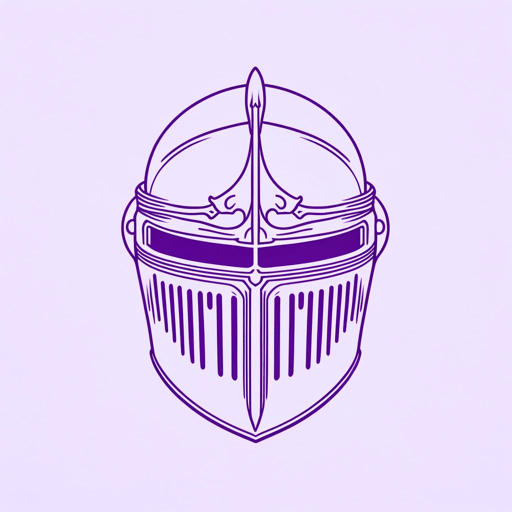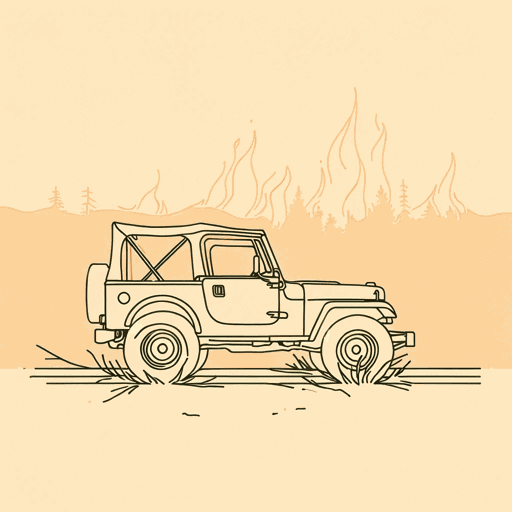67 pages • 2 hours read
Rodman PhilbrickThe Mostly True Adventures of Homer P. Figg
Fiction | Novel | Middle Grade | Published in 2009A modern alternative to SparkNotes and CliffsNotes, SuperSummary offers high-quality Study Guides with detailed chapter summaries and analysis of major themes, characters, and more. For select classroom titles, we also provide Teaching Guides with discussion and quiz questions to prompt student engagement.
Symbols & Motifs
The Wider World
Homer hasn’t been farther than the next town over until his brother is kidnapped and Homer begins a journey to rescue him. This adventure is an eye-opener for Homer, whose character will grow and flourish during the story. Each new and surprising thing Homer experiences acts as a symbol, representing either that Homer’s attitude is shifting or that the plot is veering off in a new direction.
Stink’s terrible odor warns Homer of impending evil; Mr. Brewster’s beautiful home gives the boy a beacon of hope; the finely dressed passengers on a train that whisks through changing landscapes are Homer’s first views of a wider world, glimpses that encourage him forward. A balloon ride helps Homer escape from danger, but it also symbolizes his goodbye to one stage of his journey and his hurtling toward the next phase of his adventure. Homer also witnesses cannon blasts, wartime carnage, and the screams of the wounded; finally, he experiences direct participation in battle; each, in turn, stuns him into a new understanding and a new decision.
Names
A fig is something unimportant, as in, “I don’t give a fig,” and Homer P. Figg is a poor, abused, nobody of a boy.
Related Titles
By Rodman Philbrick

Freak the Mighty
Rodman Philbrick

Max the Mighty
Rodman Philbrick

The Last Book In The Universe
Rodman Philbrick

The Young Man and the Sea
Rodman Philbrick

Wildfire
Rodman Philbrick

Zane and the Hurricane
Rodman Philbrick

